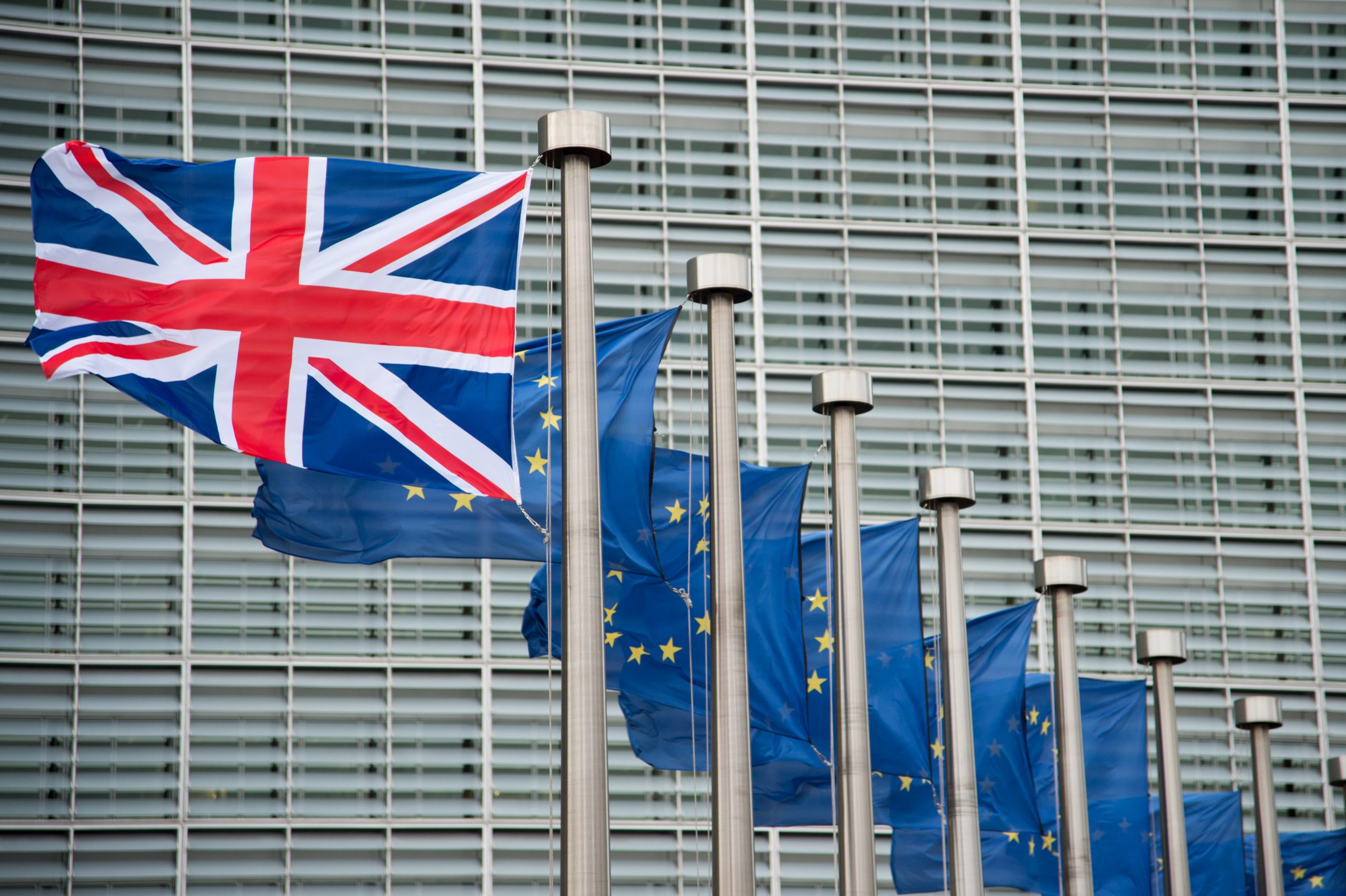A draft withdrawal agreement is published
On 28 February the European Commission published a 119-page draft withdrawal agreement (WA).
This put into legal language the conclusions of the negotiations in phase one, which were agreed in a Joint Report on 8 December 2017, but included other draft Articles on matters not covered by the Joint Report, as well as detailed provisions on broad areas of agreement.
The structure
The draft WA contains six Parts and has two protocols attached to it. The protocols “form an integral part” of the WA and will have the same binding legal value as the main parts of the agreement.
The content
Part 1 of the draft sets out definitions to be used in the remainder of the WA. While there may be further negotiations on the phrasing of some of the Articles in Part 1, it is unlikely to be controversial. Part 1 is considered in section 2 of this paper.
Part 2 of the draft contains the Commission’s attempt to turn the December Joint Report’s statements on citizens’ rights into binding legal text. These rights, described as ‘acquired rights’ because they will last after the UK’s departure from the EU, have been contentious, and are discussed in Section 3 of this paper.
Part 3, ‘separation provisions’, contains the first text covering withdrawal matters that the Joint Report flagged up but did not discuss in great detail, noting that these would be expanded on in Phase two of the negotiations. It contains provisions on market access for goods, ongoing customs, VAT and excise matters, intellectual property, ongoing police and judicial cooperation in both criminal and civil/commercial matters, the protection of data obtained before the end of transition, ongoing public procurement procedures, Euratom issues, ongoing EU judicial/administrative processes, privileges and immunities, and a few provisions relating to the functioning of the EU institutions.
The UK responded to Part 3 of the draft WA on 6 March in a Technical Note. Differences and similarities between the draft WA and the Technical Note are discussed in Section 4 of this paper.
Part 4 is on the Commission’s proposals for a transition period. A draftof this text was released on 7 February 2018, and the UK responded to it with amendments to that text on 21 February 2018. A Commons Briefing Paper on the EU’s negotiating directives discussed the Commission’s two ‘drafts’ of the transition agreement in some detail. Transition is discussed in Section 5 of this paper.
Part 5is a detailed annotation of the financial settlement, which was in principle agreed in the Joint Report in December 2017, but which has been expanded on in the Commission’s draft text. While likely to remain controversial in the UK, Professor Steve Peers notes that it reflects the UK’s commitments made in December; as such, the Commons Briefing Paper on the Phase 1 Agreement remains accurate as to what has been agreed on the financial settlement. Section 6 of this paper provides detailed analysis.
Part 6 contains institutional provisions as envisaged by the Commission. These provisions are likely to be contentious, as they preserve a role for the Court of Justice of the EU (CJEU) in oversight of the WA – which appears to cross one of the ‘red lines’ set by the UK Government. They are discussed in Section 7 of this paper.
Of the two protocolsattached to the WA, one deals with Sovereign Base Areas in Cyprus and is discussed in Section 9 of this paper; the other deals with Ireland. The Ireland Protocol has already stirred up significant controversy in the UK, and is discussed in Section 8.
Negotiating and amending the withdrawal agreement
This is a draft of the Withdrawal Agreement text, and negotiations will continue in the coming months, with a view to agreeing a final draft in October 2019.
Two revisions of the draft text
The EU published an amended draft text on15 March and another drafton 19 March which contained, primarily in the section on transition, areas of agreement between the EU and the UK. If agreement on a WA text can be reached by the March European Council, the negotiations will at that point move on to discuss the future relationship between the UK and the EU.
New draft guidelines for negotiations
On 7 March the European Council published new draft guidelines for this phase, significant for its lack of provisions on trade in financial services. However, on 19 March an amended draft negotiating position included financial services for the first time in a new Annex IV. It states that the negotiations should aim for market access for UK-based financial firms via “reviewed and improved equivalence mechanisms”. According to Politico, the framework it outlines “falls far short of that favored by the UK government”.
Once a legal text has been agreed between the UK Government and the European Commission, it will then need to be approved by the EU institutions. Article 50 TEU also requires the European Parliament to approve the final text of the withdrawal agreement. If the EP approves the agreement by a simple majority, for it be concluded, it must be passed by European Council acting by qualified majority (20 of the other 27 Member States).
In the UK the Government has committed to holding a vote on a resolution in both Houses of Parliament, before the EP holds its vote, where each House will be asked to approve the withdrawal agreement.
Implementing the withdrawal agreement
If the withdrawal agreement is approved and concluded, the UK Government has said it will implement it through a Withdrawal Agreement and Implementation Bill. This Bill would need to be passed before exit day, expected to be on 29 March 2019, in order to enable transition to take effect at the moment that the UK leaves the EU.

